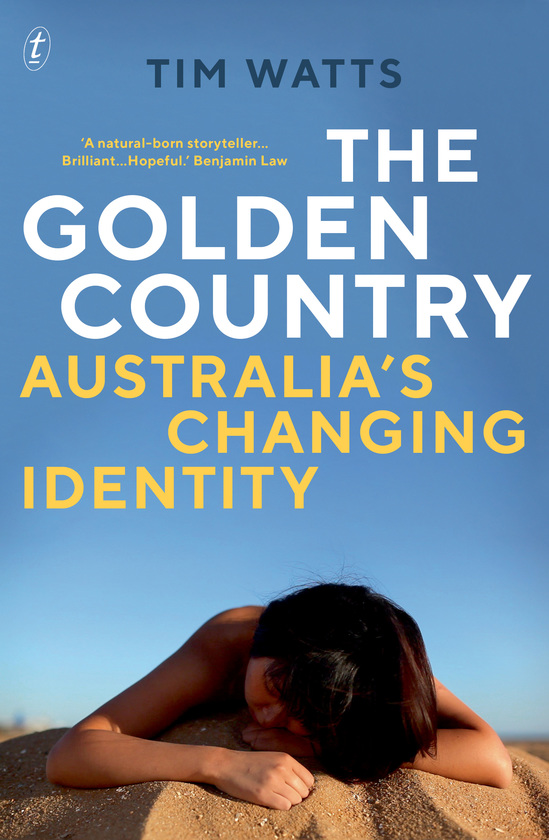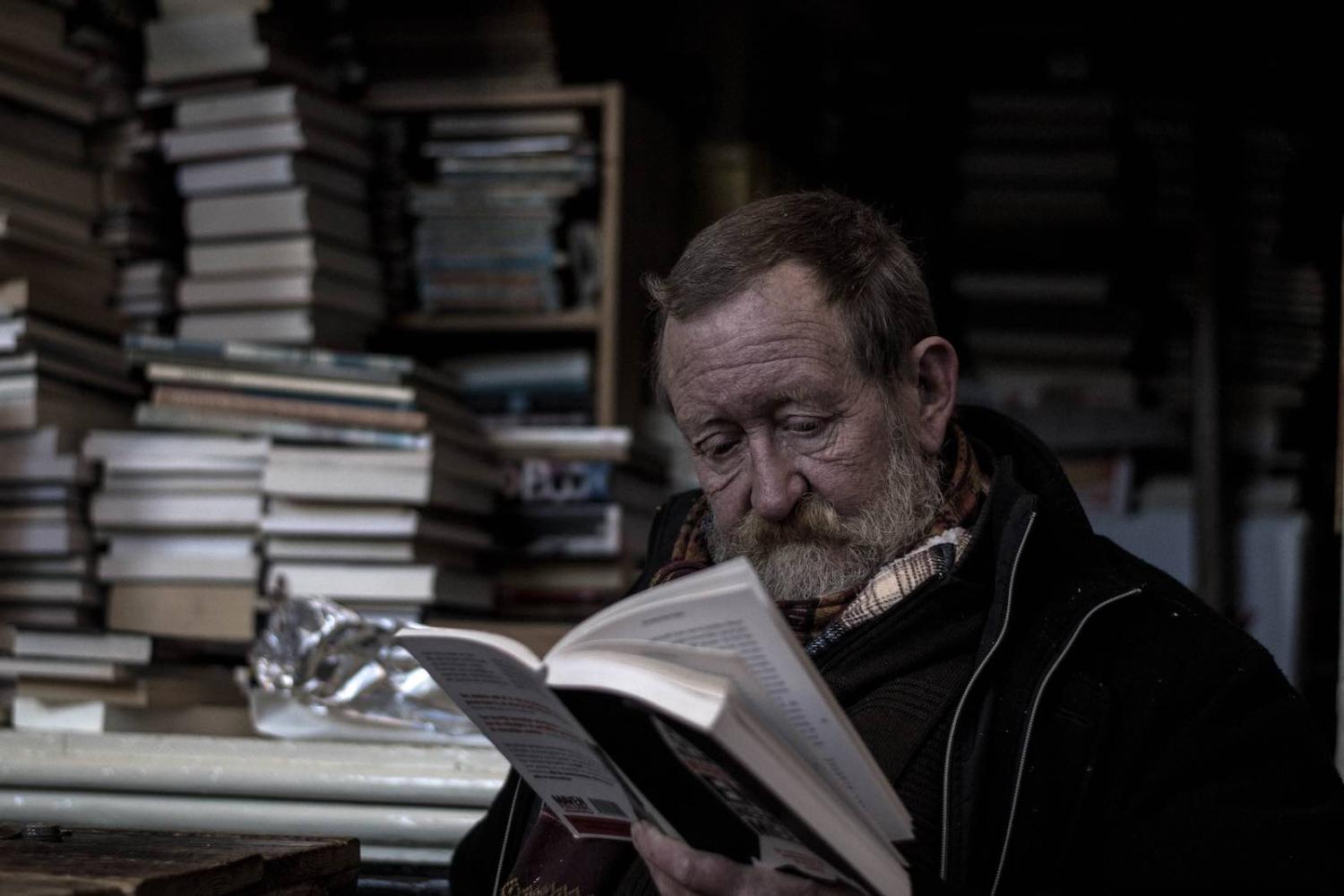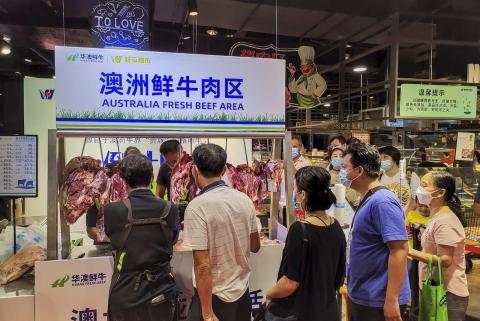Review: Tim Watts, The Golden Country: Australia’s Changing Identity (Text Publishing 2019)

Summer reading bins have been well stocked with memoirs by retired Australian parliamentarians casting experienced eyes over political lives lived hard and full. It’s not often we find engaging books by political figures starting out on their careers and offering tantalising visions of Australia’s future. In The Golden Country, Tim Watts makes a timely contribution to one of the big challenges facing the country today: reconciling who we are with who we think we are. It makes for a lively and informative read.
Watts is Labor member for the Victorian federal electorate of Gellibrand, stretching from Footscray, just outside the Melbourne CBD, south-west along the Princes Highway to Point Cook, 25 kilometres around Port Philip Bay. Before the 1830s, this land belonged exclusively to Australians of the Kulin Nation. Today they share it with Australians from Vietnam, Africa, China, India, the Middle East, and Europe. And between times, this region was arguably Patient Zero in the spread of White Australia.
Watts explores Australia’s journey as a nation of immigrants from then to now and asks what continuing along this trajectory could mean for national life and public policy in years to come.
With one side walking the walk and the other talking the talk, the lived community of neighbourhoods is running far ahead of the imagined community of the nation.
For one thing, it means acknowledging past wrongs. In confessional style, Watts acknowledges his own family’s role in dispossessing and possibly killing traditional owners of lands in the Darling Downs region in southern Queensland. And he identifies a prominent family member on the committee of the local Anti-Chinese League in Geelong that petitioned the Victorian Parliament to limit immigration from China.
Looking ahead, it also means valuing the parliamentary and legal institutions that have enabled later generations to acknowledge prior Indigenous ownership and to move from racist nationalism to a more inclusive pluralism, without damage to the country’s institutional foundations. Watts particularly values what he calls the “idea of Australia” – that of a nation born anew, where title and circumstance do not entail special privilege, and people continue to care for and treat one another as equals.
The question driving the book emerges when the “idea of Australia” and the institutions that go to make it work are placed alongside the massive demographic shifts that have flowed from Prime Minister John Howard’s changes to the immigration system starting in the late 1990s. Australia, Watts argues, has become a diverse multicultural society with outdated monocultural institutions and symbols.
The book is rich in demographic data and strong on the political history of immigration policy and practice. What emerges is a paradox. Conservative Coalition governments that facilitate large-scale Asian immigration rarely boast of this achievement, while progressive Labor governments that sermonise on diversity and inclusion historically limit the opportunities for Asian migration by reducing overall immigration intakes.
It was a conservative government that abolished the race-based White Australia immigration policy in the 1960s through a series of administrative initiatives that were introduced with little fanfare. The succeeding Whitlam Labor Government made much of its proactive non-discriminatory policies in support of Asian immigration, but slashed the annual migrant intakes to the point where no more than 10,000 people from Asia could hope to migrate to Australia in any given year. Succeeding conservative governments under Fraser and Howard expanded the effective rate of Asian migration through refugee programs, skills-based migration, and temporary immigrant initiatives, while continuing to endorse an old-school British cultural nostalgia and – in Howard’s case – closely echoing the rhetoric of White Australia. Still, by 2018, the number of migrants entering Australia from Asia under a conservative government exceeded the total migrant intake under the Keating Labor government.
The result is that second-generation Australians under 40 today are more likely to have parents born in Asia than in Europe. That’s quite a shift. But with one side walking the walk and the other talking the talk, the lived community of neighbourhoods is running far ahead of the imagined community of the nation. Watts suggests that it’s time our national imaginings caught up.
Institutions need to catch up as well. Asian-Australians are under-represented in leadership positions in public administration, corporations, non-profits, and in politics and the professions. As Watt tells it, so are other people of non-European background, who make up nearly 25% of the current population but hold only 5% of leadership positions. Asian-Australians make up 14% of the total and hold 3% of positions.
A further problem is that the post-Howard demography has a particular geographical footprint that fails to resonate with any known Australian legend.
Watts titled his introductory chapter “Australian Legend”, after Russell Ward’s imaginative history of that name. That old legend was about space, not time. Ward mythically spanned the divide between town and country by casting Australians as doughty bush characters living out a suburban dream. It was never more than myth, but even as myth it’s difficult to sustain when overlain by an ethnic contour map that aggregates Asian-Australians in the cities.
Today, one quarter of residents in the Melbourne metropolitan area claim an Asian ancestry, even more in Sydney, and yet just 50 kilometres beyond Watt’s electorate in the coastal seat of Corrangamite, no more than 2% of residents claim an Asian ancestry. National myths can only bend so far without breaking.
Watts concludes that it’s time to retire some of those earlier myths and inject new content into the hardy ideal of a free and equal Australia. One way forward, he suggests, is to build on Noel Pearson’s vision of a nation that unites three parts of a singular Australia – its Indigenous heritage, British institutions, and multicultural migration.
As a public-policy formula, this sounds about right, and yet as national vision it lacks the legendary status and persuasive power of the earlier stories Australians told about themselves. The risk in abandoning old myths before new ones have been forged is that some aspiring politicians could see electoral advantage in reinvigorating earlier legends, linking town and country, in ways that return Australia to a trajectory that is neither diverse nor inclusive.

